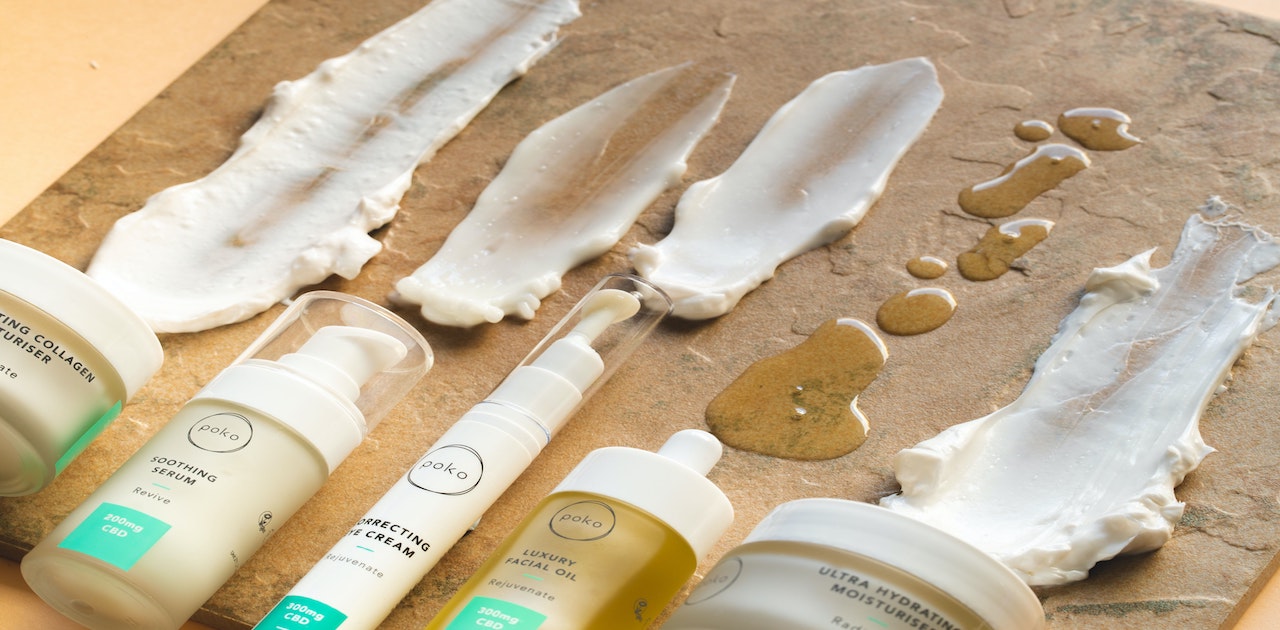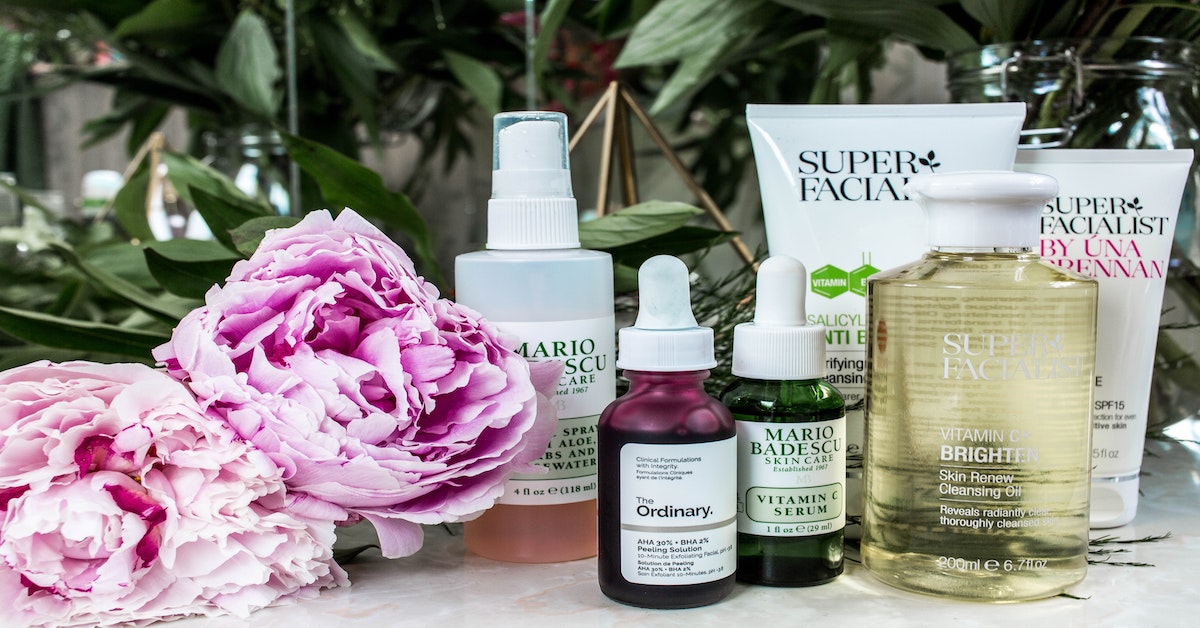You could have wondered how to read skincare product ingredients like a pro at some point. It can be essential to see if the product would fit your needs.
Skincare product labels can be tricky to read with many words and jargon or scientific names to understand. However, it would be best to learn or find out how to read skincare product ingredients like a pro. After all, a law enforces skincare products have to include the ingredients used to formulate them on the packaging. Having a law that enforces something to be included can show how important what was enforced would be, in this case, the ingredients for skincare products.
Therefore, it can be crucial to explore how to read skincare product ingredients like a pro. For instance, one critical importance of having skincare product ingredients visible can be for safety, so relevant regulators and even individuals could monitor skincare products for any possible risks. Additionally, there are numerous benefits if you can get familiar and find out how to read skincare product ingredients like a pro. It can even make choosing skincare products that are more suitable for you easier.
Things To Consider When Reading Skincare Product Ingredients List

You may find some skincare product ingredient lists overwhelming and confusing with so many words or jargon. However, there can be various things you can consider when reading a skincare product ingredients list, especially those that are long and when you are not sure where to start. As you get more familiar with how to interpret the skincare product ingredients list and what you should be considering, you could be surprised that they may not be as complex as they look.
• Order Of The Ingredients
Depending on the skincare products, you could find varying lengths of ingredient lists. You may have asked where you should start reading from and if the order of the ingredients had a meaning. The ingredients are ordered in quantity to formulate the skincare product from highest to lowest concentrations. Therefore, it can be important and even beneficial to check the ingredients order both ways from the beginning or end.
You could look from the beginning of the ingredients list to see the prominent ingredients and end to see ingredients that may be harsh on your skin if used in high concentrations. For instance, a good skincare product could have beneficial and safe ingredients at the beginning of the ingredients list, such as botanical extracts and glycerin. Vice versa, ingredients at the end could include necessary things but be harsher on the skin, like preservatives and some beneficial ingredients when used in low concentration.
It can be vital to read the ingredients list, knowing what order of the ingredients could mean as they help you know various things, such as safety and even benefits depending on the ingredients. Also, it could be helpful to note that ingredients with less than 1% concentrations can be listed in any order as long as they are after ingredients higher than 1%. So, the order of the ingredients towards the end may make less sense, but it could still be helpful to let you know ingredients that can be harsh on the skin are at the back of the ingredients list.
Related Post: Surprising Ingredients Use In Skincare Products
• Check The Claims Made

Another thing you can consider when reading the skincare product ingredients list would be checking the claims that skincare products make, such as natural ingredients only, fragrance, allergens, and oil-free. Standards and interpretations can depend on the formulators or skincare products and individuals like the baseline of what you would consider free of certain ingredients and natural means.
For instance, fragrance-free can mean quite a wide area. To be more specific, you could consider only artificial fragrances or include essential oils and other names for fragrances like perfume or scent. Also, similarly, with oil-free, you could see botanical extracts, and depending on what extract, there can be oil in there, although the ingredients may not include oil. Furthermore, allergens-free can be pretty broad. Although there are ingredients known as allergens, other ingredients like essential oils and extracts can cause allergic reactions for some people.
Additionally, there can be different natural ingredients, such as purely natural, naturally derived, and natural identical. Depending on the formulators or individuals can lead to thinking about are all types of natural ingredients should be considered natural. After all, nature-identical ingredients are made in a lab, although they may be chemically identical to their natural counterpart, such as citric acid. So, you could look at the ingredients list to check for claims made for the skincare products depending on your needs. Also, check out here how your skin type can affect your needs and how you could best care for your skin.
• The Jargons And Long Ingredients List
Cosmetic products, including skincare, mostly need to list their ingredients in INCI names which stand for International Nomenclature of Cosmetic Ingredients. Generally, INCI names are the ingredients’ scientific names, such as lavender oil to Lavandula Angustifolia (Lavender) flower extract. Often the scientific names of the ingredients can be longer and sound more complex leading to the ingredients list looking overwhelming or long.
It can be important not to feel overwhelmed by the INCI names and a long list of ingredients. Although INCI names may seem complicated or alarming such as hyaluronic acid, they can be ingredients with great benefits. Also, noting that having a long list of the ingredients doesn’t make the cosmetic or skincare products always beneficial. Therefore, it would be best to read and check the ingredients whenever possible.
Furthermore, sometimes ingredients can be made up of numerous other substances, such as perfume which may be a mixture of various chemicals and be in the ingredients list. So, it can be helpful to consider the mixture ingredients when you see them in the ingredients list if they may be suitable or not for you and fit your needs. After all, you could be trying skincare products with fewer ingredients but may not be aware of ingredients that could be the product of various substances mixed.
Importance Of Reading Skincare Product Ingredients List

Knowing how to read skincare product ingredients like a pro could provide numerous advantages, which you may find important. Although many skincare products are designed with good intentions and aim to provide benefits, they were designed for in the first instance. Everyone can react differently to skincare products even though they were meant to suit you, and there could be ingredients that cause an allergic reaction. Also, ingredients that could potentially be harmful to you might have been mixed into the skincare product, formulated before they were known or due to some other reasons.
Not only can reading about the skincare product ingredients list helps you identify possible ingredients that could cause harm or irritation for you. Additionally, it can help you identify and check if they have friendly ingredients and meets your needs. For instance, you may be looking for skincare products that provide you with efficient hydration. Looking out for some of the top ingredients known to provide you with effective hydration could help you out, such as glycerin, hyaluronic acid, and ceramides.
Also, the approximate amount of concentration for each ingredient potentially used to formulate the skin care products is generally identifiable by the order to help you further consider the suitability. Though reading the ingredients list may sound complicated and seem time-consuming. They can be beneficial in various ways, such as helping you know about what you put on yourself and reducing the chance of potential allergy reactions and irritations.
Related Post: The Best Nutrients To Consume For Healthy Skin
Methods Of Reading Skincare Product Ingredients List
You could say how you read the skincare product ingredients list can be flexible and as you prefer but there are some ways you may choose to approach the ingredients list. Depending on the time you can spend, how long the ingredients list and what your needs are, you may find certain way work better than the other method or convenient.
• Beginning To The End

One of the first ingredient list reading methods is to read from the beginning to the end. This method can be considered more accurate but take longer than looking for selective ingredients. You could start by checking the ingredients at the beginning, as they are often the ones considered prominent, and decide to read further if those ingredients suit you.
You can look for ingredients you could be allergic to or had previous reaction experience and if they fit your needs, such as anti-ageing or hydration capabilities. Suppose you identified the skin care product’s prominent ingredients as suitable. You could check the skincare product ingredients from the beginning and see what each can do for you.
Also, it helps if you take the opportunity to match the ingredients to what the skincare products states they do for the skin. It can be essential to have thoughts that although skincare products aim to provide you with numerous benefits per their formulation. Some ingredients you may see might not be your preference, but looking where it is on the list helps you decide if you want to use them. Though, noting that ingredients less than 1% concentration often can be in any order.
If you feel this method is too detailed or may take a lot of time to do. A shorter version of the beginning-to-the-end reading method could be skim-reading quickly from top to bottom for any ingredients that stand out. Especially those ingredients you may react to or be allergic towards and ones you find interesting.
• The First Five
Another way to read the ingredients list can be the first five ingredients method. As the name suggests, this method focus on the first five ingredients. The first five ingredients are often known to be prominent as they contain higher concentrations than those that follow them. The first five ingredients reading method assumes from the sixth ingredient, and the concentration starts to be low and doesn’t affect your skin as much.
Some debatable ideas of the first five ingredients method could be if this method can fully identify that the ingredients after the fifth one still have effects on your skin which is unclear. After all, some active and strong ingredients can be around the bottom of the list and may still impact the skin. Furthermore, when you get to the ingredients list around the end, where the concentration is less than 1%, they are often put on the list in any order.
Therefore, it is a good idea to skim reading the ingredients list for any potentially harmful ingredients or when looking to get a new skincare product. You could consider incorporating the concepts from both reading methods from the beginning to the end and the first five methods. First, you could check the first five ingredients for any concerns and then skim the list to identify any potential unsuitable ingredients for your use.
The benefits can be great if you find out how to read skincare product ingredients like a pro as you go on your skincare journey. Although you may find at the beginning that reading the cosmetic or skincare product ingredients list is overwhelming and confusing, especially if they contain a long list or you see the jargon. As you get more familiar with the ingredients and how you read the ingredients list, you will see the benefits like finding skincare products that fit your needs easier and understanding their use.
Also, figuring out ways to read the ingredients list to fit your needs, whether it is reading the ingredients from beginning to the end or only the first five, and even creating your unique way as you get experienced. You might be surprised at how the cosmetic or skincare product ingredients list may become less overwhelming and complex than it used to look. Furthermore, you have been finding better skincare products and improving your skin by learning how to read skincare product ingredients like a pro.

